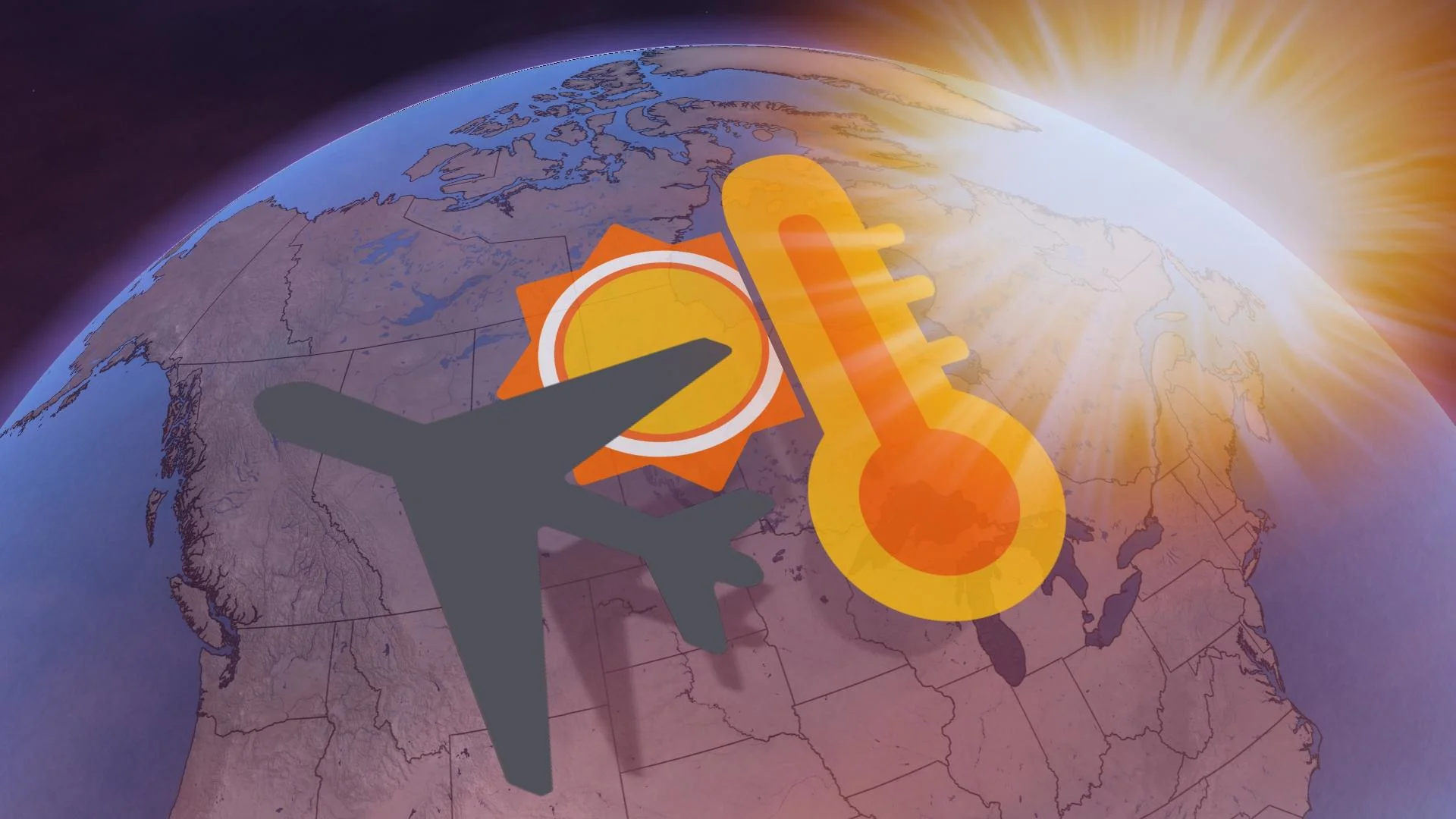
Canadians went on a vacation this winter and didn’t even know it
For millions of Canadians, the winter was a departure of normalcy. In fact, their cities felt more like a Canadian counterpart, or a U.S. or international community when comparing them, weather-wise, this season
If you didn’t travel south this winter, the season you experienced right at home was reflective of a location farther south.
Let’s explain.
It’s no secret a large swath of Canada has been substantially above normal.
SEE ALSO: Vancouver has seen 37 cm of snow this winter. Is that it for the season?
Here’s a look at the past 90-day temperatures across Canada:
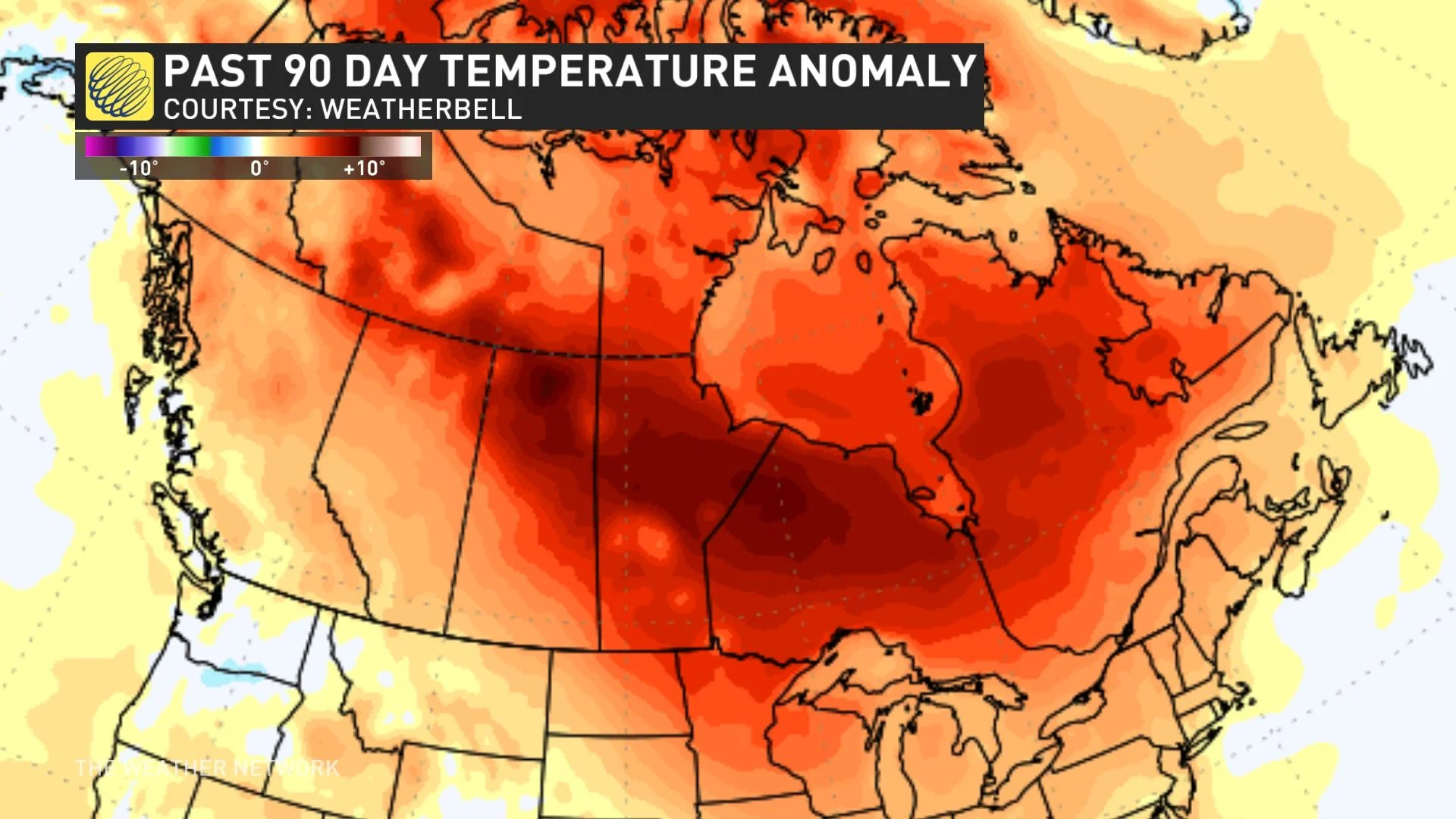
Even with such a severe cold snap across British Columbia and Alberta, temperatures in the long term are averaging several degrees above normal, with the heart of Canada highlighting the strongest warmth anomaly.
Here are the average mean temperatures so far this winter. With only a couple more weeks of meteorological winter, these average temperatures won’t fluctuate much more than half a degree or so.
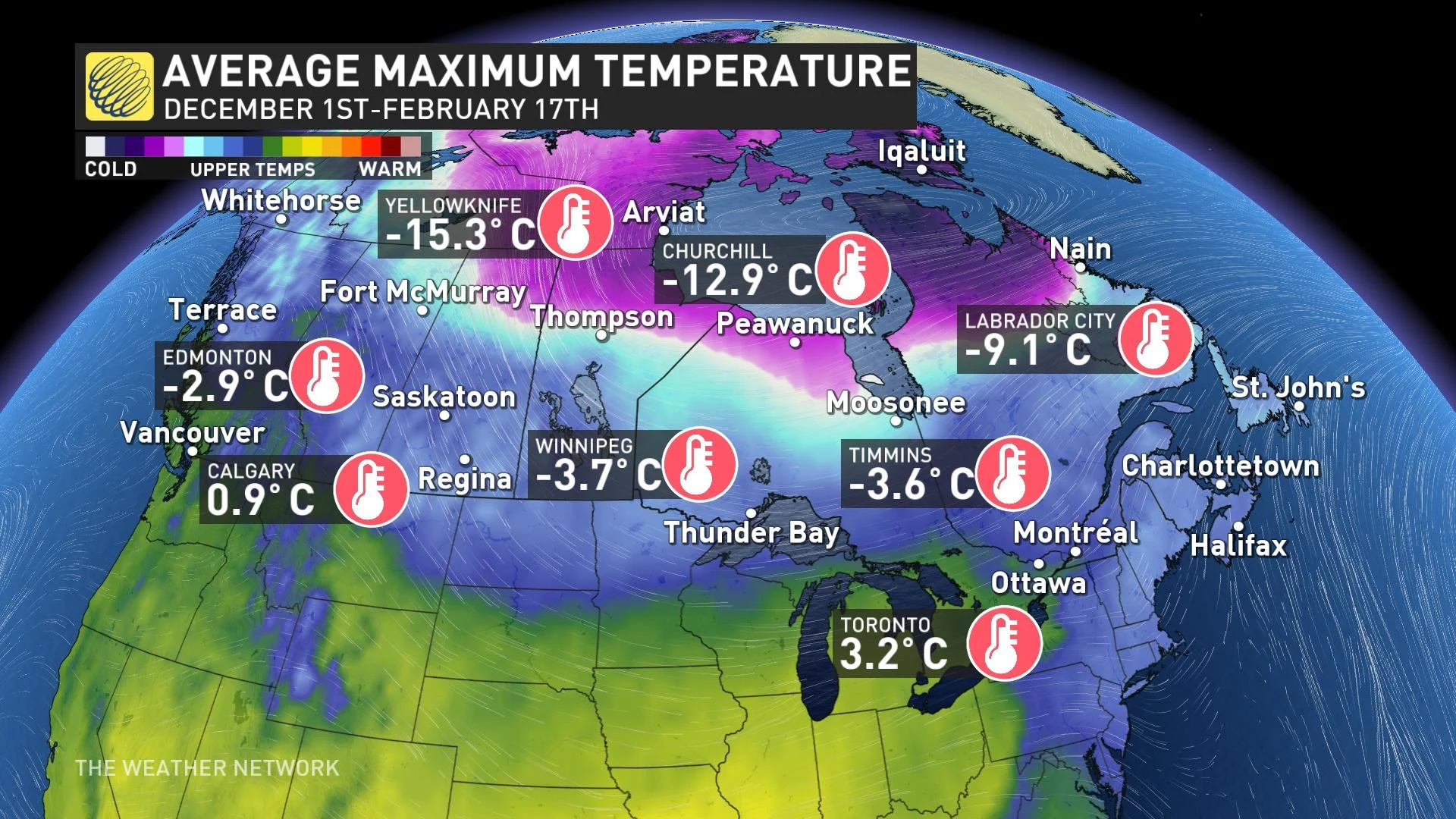
The North
Yellowknife, N.W.T.: 2023-24 average high is -15.3°C
Your vacation destination: Hay River, N.W.T.
Found on the southern shores of Great Slave Lake, this trip takes you on a five-hour, 500-kilometre drive south.
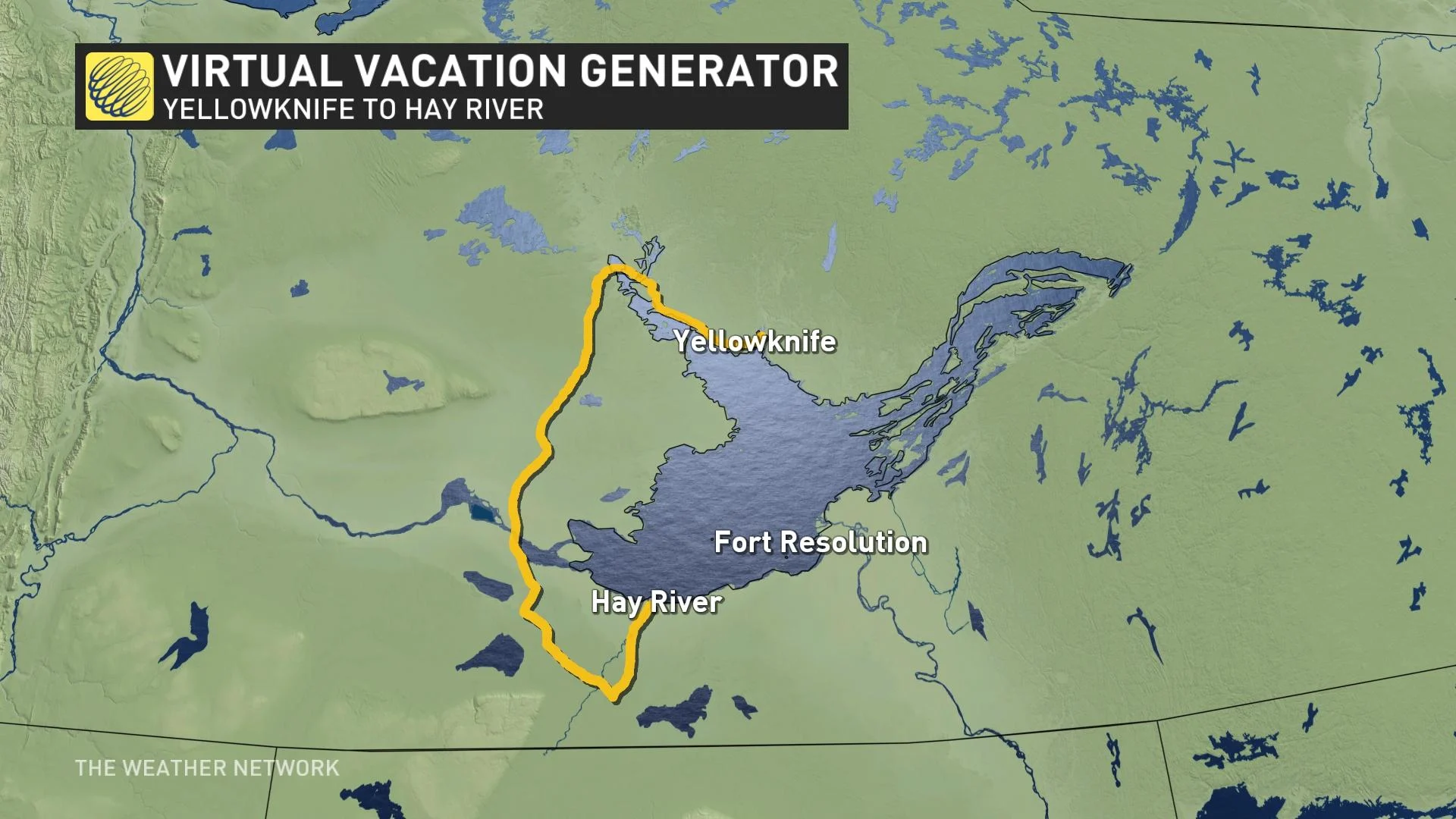
Not exactly a balmy destination, however, with the average winter high temperature hovering around -15°C.
Churchill, Man.: 2023-24 average high is -12.9°C
Your vacation destination: The Pas, Man.
Absolutely under no circumstances should you attempt to drive as there is no viable route, but the climate in Churchill has been similar to an average winter in the Pas, about 700 kilometres southwest of the unofficial polar bear capital of the world.

You could always hop aboard the polar express and take a train from Churchill to The Pas.
The Prairies
Edmonton, Alta.: 2023-24 average high is -2.9°C
Your vacation destination: Montreal, Que.

This is the farthest trip given out so far, but the temperature profile this winter in Edmonton has most closely matched an average winter for the city of Montreal, with an average daytime high between -2°C and -3°C. That is a 3,000-kilometre journey southeast –– a chilly, 38-hour drive or a four-hour flight.
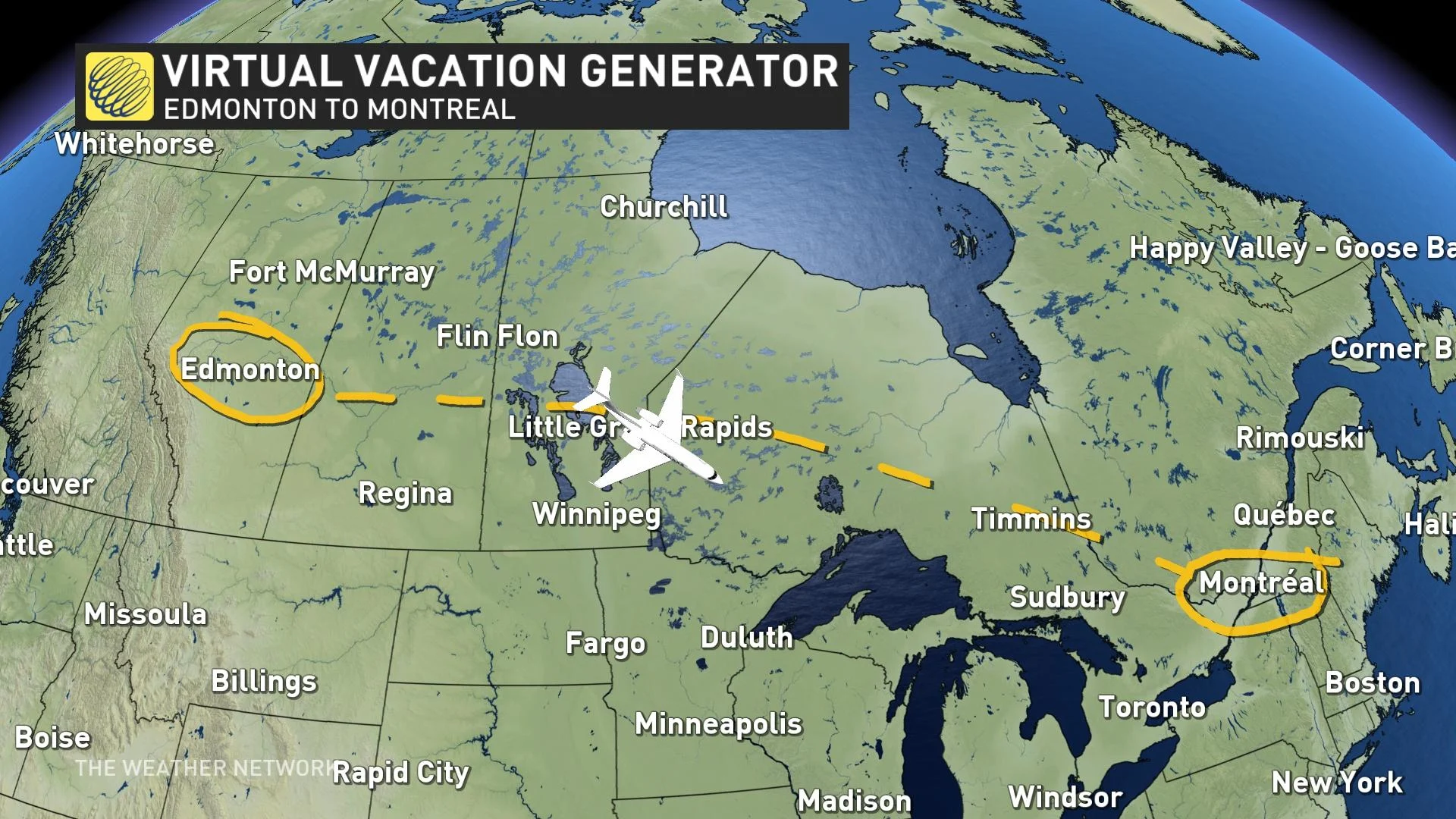
Calgary, Alta.: 2023-24 average high is 0.9°C
Your vacation destination: Milwaukee, Wis.
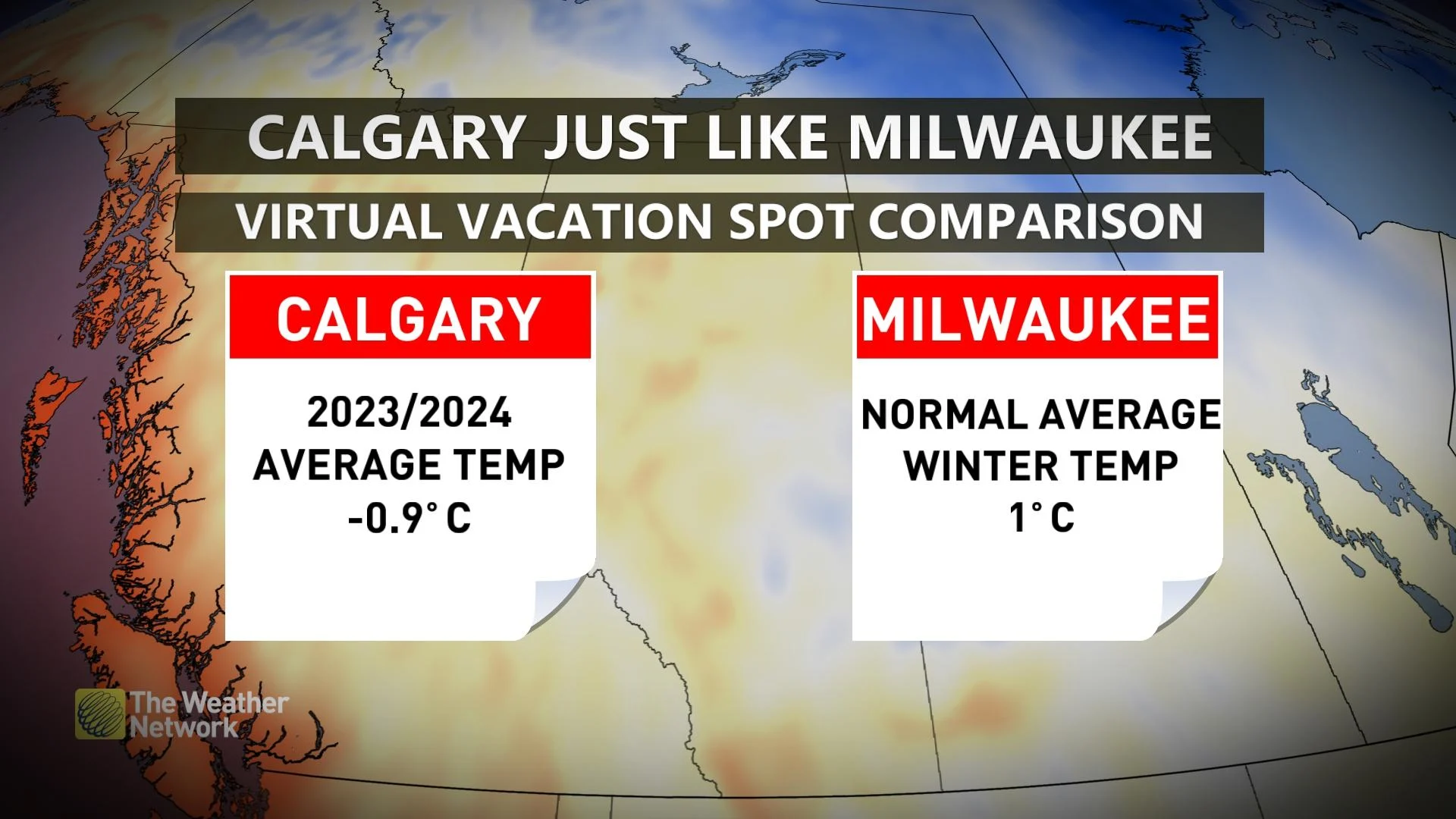
Calgary, you're the first city to go international.
With an average winter daytime high that hovers near the one-degree mark, you’re on an express trip to Milwaukee. It's a 24-hour road trip, but this time, a classic Milwaukee winter climate came to you.
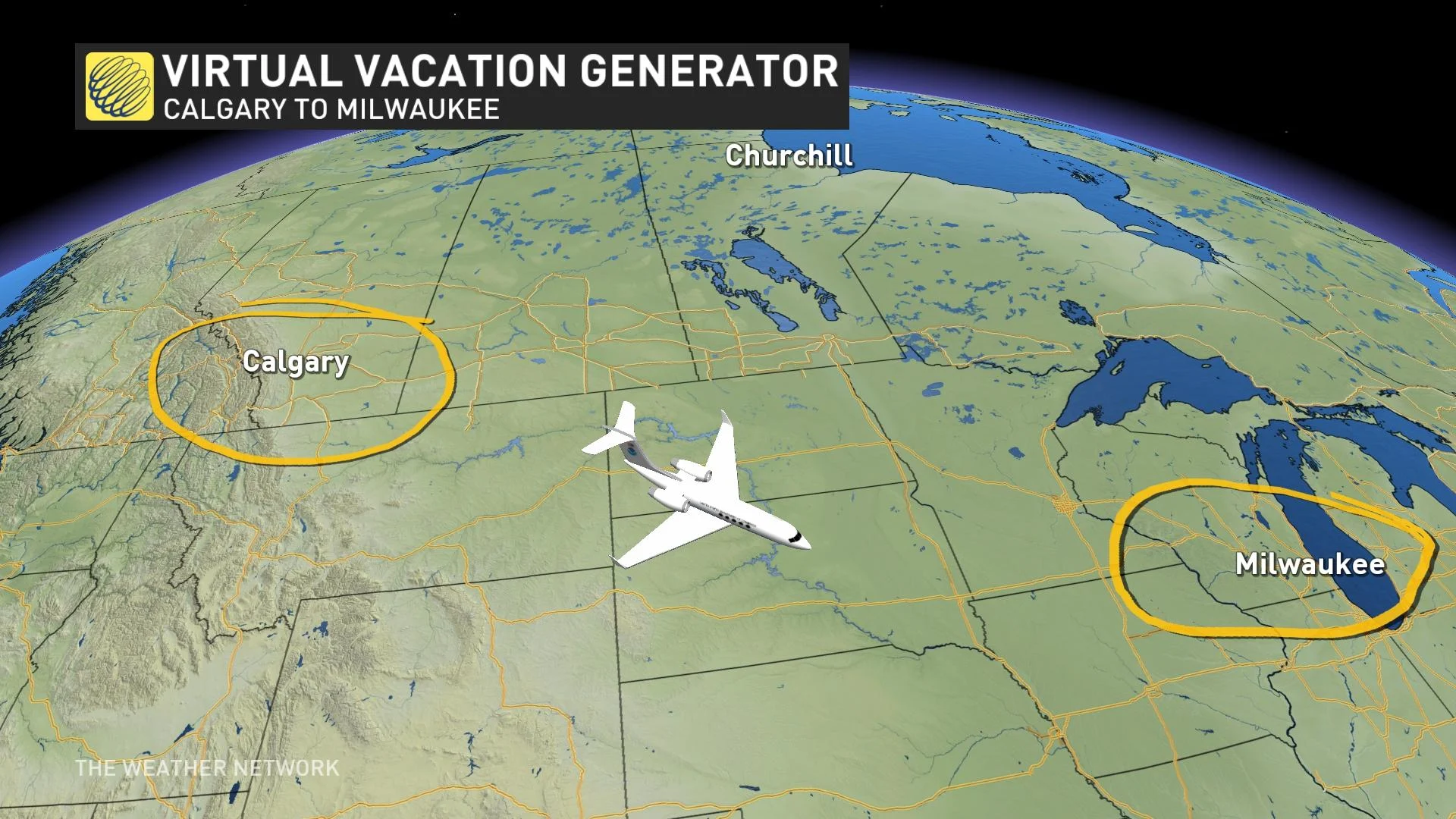
Winnipeg, Man.: 2023-24 average high is -3.7°C
Your vacation destination: Ottawa, Ont.
Ottawa has an average daytime high in the winter of -3.5°C, eerily similar to the conditions across Winnipeg this winter season.
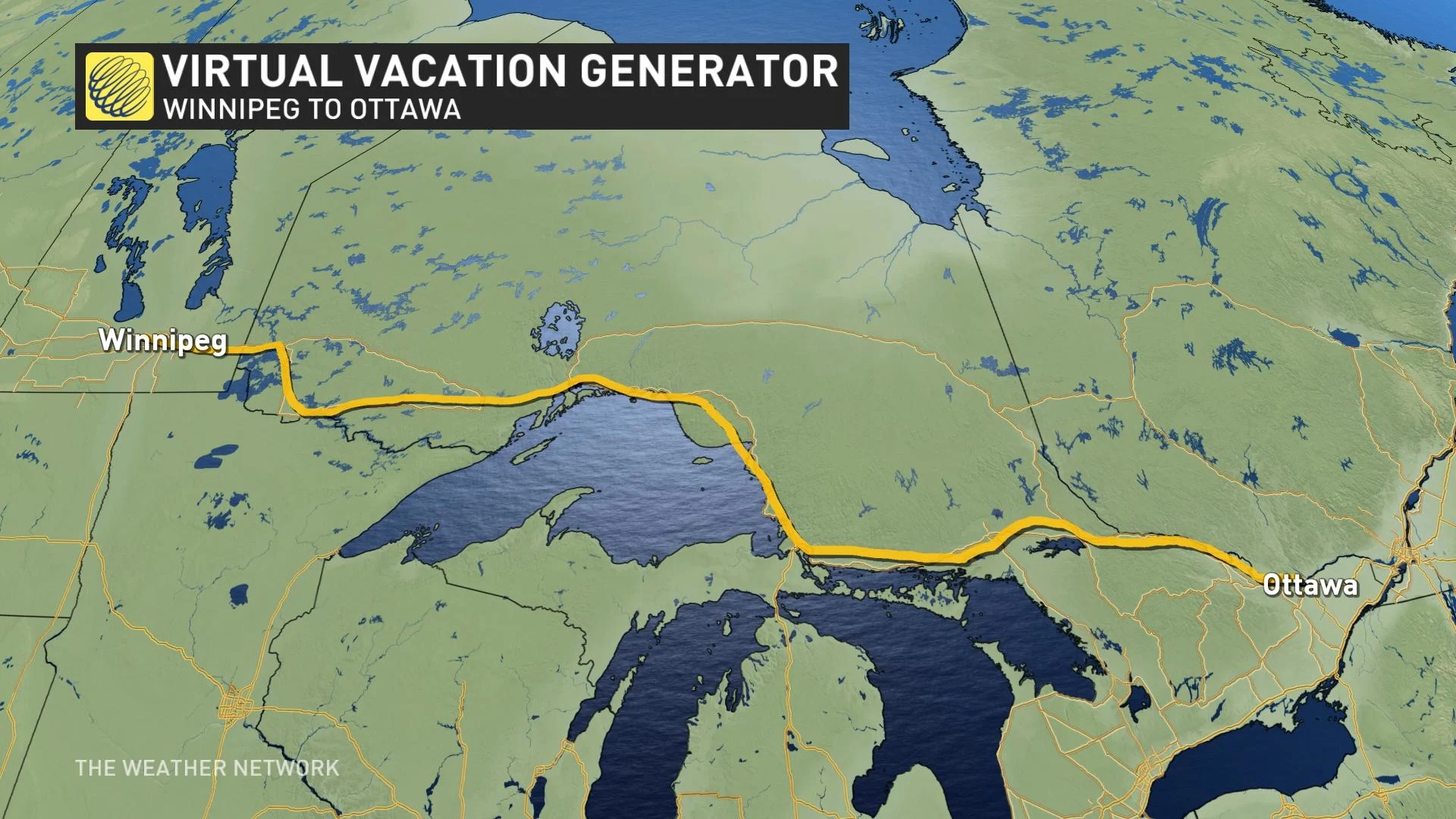
Ontario
Toronto, Ont.: 2023-24 average high is 3.2°C
Your vacation destination: Pittsburgh, Pa.
With an average winter high temperature between 3°C and 4°C, the climate of Toronto this season was most represented by an average winter in Pittsburgh. The Steel City is about 400 kilometres south.
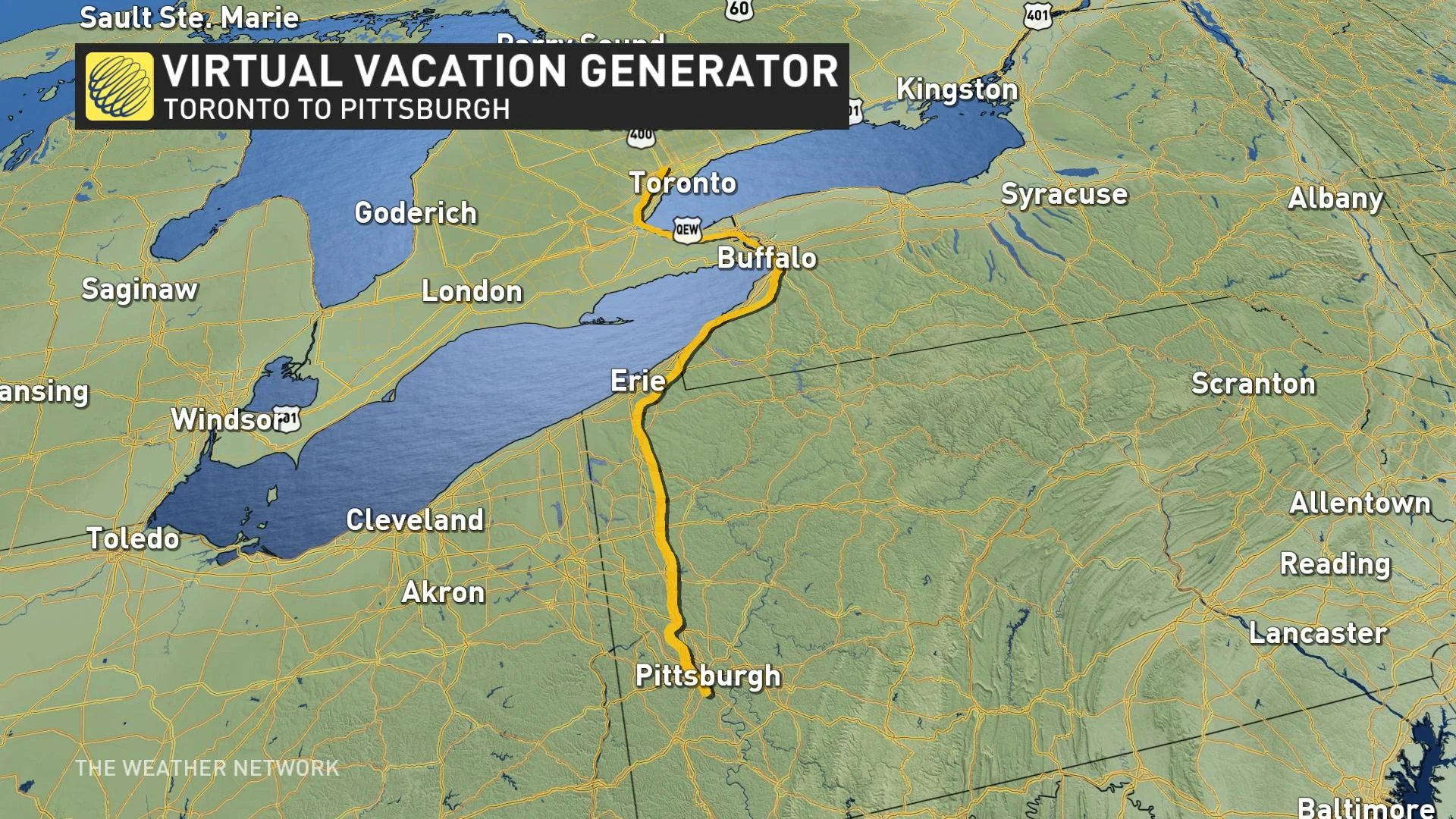
Timmins, Ont.: 2023-24 average high is -3.6°C
Your vacation destination: Ottawa, Ont.
Yes, Timmins, your average temperature has most closely resembled an average winter for the city of Ottawa, about 500 kilometres southeast. To put it in perspective, your average daytime winter high should be closer to -8°C.

Atlantic Canada
Labrador City, N.L.: 2023-24 average high is -9.1°C
Your vacation destination: Saguenay, Que.
Although its average winter daytime high is closer to -8°C, it’s a decent match for how the climate of Labrador City has behaved this winter season. It’s about a 900-kilometre drive south, which would take a solid 12 hours of trekking. That’s just a testament to how mild the weather has been across Canada this winter season.
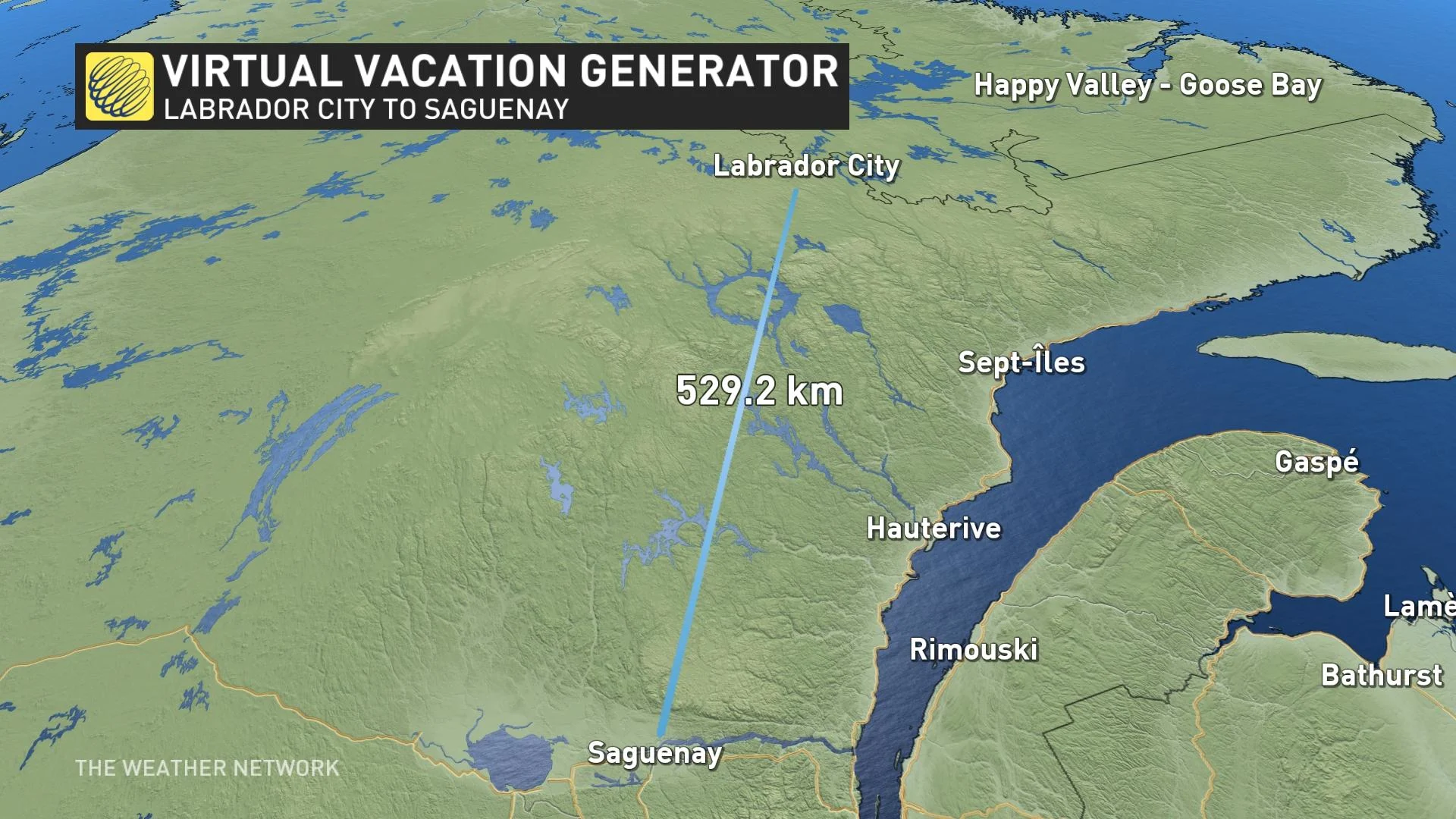
The final 11 days of February show a continuation of the average pattern, with above-normal temperatures across Eastern Canada poised to continue, even spilling into March.
